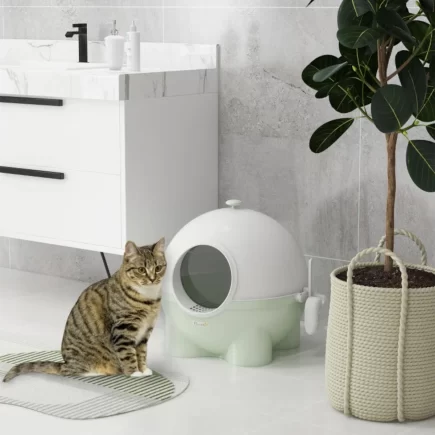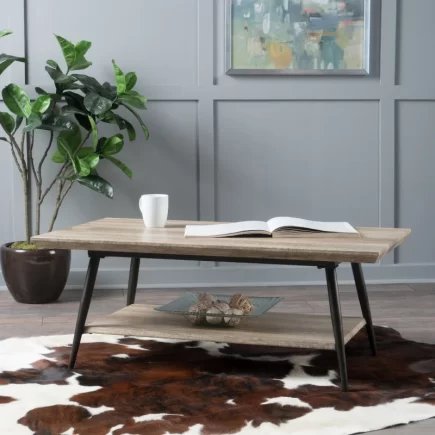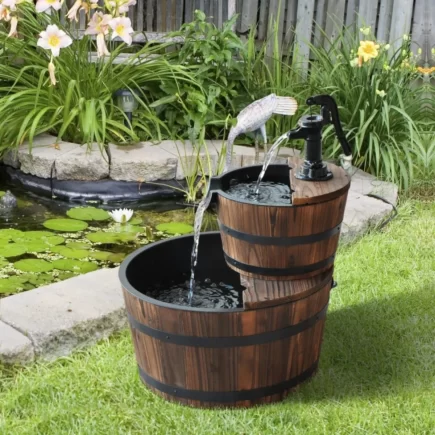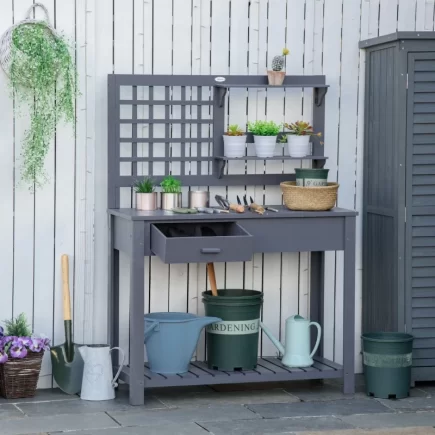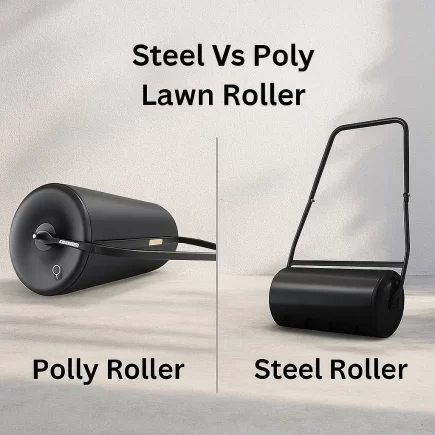Teak is one of the most luxurious and durable hardwoods used in bathrooms. Its natural oils make it resistant to water and mildew, which is why it’s a popular choice for shower benches. But even teak isn’t immune to the damp, humid conditions of your shower. Over time, soap scum, mildew, hard water stains, and mineral deposits can dull its rich golden-brown finish and compromise its lifespan.

Routine cleaning is essential not just for hygiene but also for keeping your teak bench beautiful and long-lasting. Whether your bench is new or starting to look a bit weathered, the steps below will help you restore and maintain its natural elegance with ease.
Step 1: Gather the Right Cleaning Supplies
Having the correct tools on hand makes cleaning more efficient and protects the wood from damage. Here’s what you’ll need:
| Supply | Purpose |
| Soft-bristle brush | For gentle scrubbing without scratching the wood |
| Mild dish soap | To clean without stripping natural oils |
| White vinegar | Natural mold/mildew remover |
| Warm water | Helps dissolve soap scum and mineral buildup |
| Spray bottle | For even application of the cleaning solution |
| Bucket | For mixing and rinsing |
| Microfiber cloth | For drying and wiping away debris |
| Fine-grit sandpaper | For removing deep stains or rough areas |
| Teak cleaner | For professional-grade restoration |
| Teak oil | Restores shine and adds moisture protection |

Tip: Never use bleach, ammonia, steel wool, or abrasive cleaners. These can damage the teak’s finish and open the grain, making it more vulnerable to water damage.
Step 2: Rinse the Bench to Remove Loose Debris
Before applying any cleaning solution, rinse your bench thoroughly to remove hair, soap residue, or loose dirt. Use a handheld showerhead for better reach or a bucket of warm water.
Make sure to rinse all surfaces, including under the seat and around joints. Removing this surface grime first allows your cleaning solution to penetrate and lift deeper buildup more effectively.
Step 3: Scrub with Mild Soap or Vinegar Solution
Create your cleaning mixture using one of the following options:
- Mild Soap Mix: Combine a few drops of dish soap with warm water.
- Natural Vinegar Solution: Mix equal parts white vinegar and warm water.
Pour your solution into a spray bottle or dip a sponge directly into the bucket. Apply to the bench evenly, making sure the wood is damp but not soaked.
Using your soft-bristle brush, scrub the bench gently. Focus on slats, corners, and joints; these areas tend to accumulate more soap scum and mildew. Use circular motions and avoid pressing too hard to preserve the wood’s smooth finish.

Step 4: Rinse Thoroughly
Once you’ve scrubbed all surfaces, rinse the bench thoroughly using clean, warm water. This is an important step to ensure no soap or vinegar remains on the surface, as leftover residue can attract more dirt and degrade the wood over time.
Pay extra attention to hard-to-reach areas like under the bench, between slats, and at joint seams.
Step 5: Remove Tough Stains or Mold
If your teak shower bench has tough stains or signs of mold, there are effective ways to restore its appearance. Start by applying a teak-specific cleaner or a diluted vinegar solution directly to the affected area. Let it sit for a few minutes to loosen the buildup. Use a soft-bristle brush to scrub gently, following the grain of the wood.

For deeper stains that don’t lift easily, lightly sand the surface with fine-grit sandpaper to remove discoloration. Always rinse thoroughly afterward.
Step 6: Dry the Bench Completely
Immediately after rinsing, wipe the bench down with a clean, absorbent microfiber cloth or towel. Then, allow it to air dry in a well-ventilated area, ideally outside the shower stall.
Excess moisture trapped in or under the bench can lead to mold growth, even on teak. Proper drying prevents this and maintains the structural integrity of the bench.
Step 7: Re-Oil the Teak for Restoration
Once your bench is completely dry and clean, consider applying teak oil to restore its original golden hue. This step is optional but highly recommended if your bench looks faded or dry.
How to Apply Teak Oil:
- Pour a small amount of oil onto a soft, lint-free cloth.
- Rub the oil into the wood, working with the grain.
- Let it sit for 10-15 minutes to absorb.
- Wipe away any excess with a clean cloth.
Only oil your bench 2-3 times per year. Over-oiling can actually attract dirt and shorten the lifespan of the wood.
Maintenance Tips to Keep Teak Shower Benches Clean Longer
To keep your teak shower bench clean and in excellent condition for the long haul, adopt a few simple maintenance habits. After each use, wipe the bench with a towel to remove excess moisture and soap residue. Ensure your shower area is well-ventilated to prevent mold and mildew buildup.
Use a fan or open a window if needed. Perform a deep clean once a month to tackle any hidden grime or water stains. If your bench is portable, move it out of the shower between uses to allow full drying. These steps help preserve teak’s beauty and structural integrity.
Keep Your Teak Shower Bench Looking Its Best
Cleaning a teak Shower Bench doesn’t have to be complicated. With a little consistency and the right tools, you can keep your shower bench looking brand new year after year. Regular rinsing, occasional deep cleaning, and optional oiling go a long way in protecting teak’s rich tone and sturdy feel.
Whether you’re doing a quick wipe-down or a full refresh, taking the time to care for your bench helps it stand up to the constant moisture and daily use in your shower. When properly maintained, teak offers a luxurious, spa-like experience that enhances the beauty and comfort of your bathroom.
FAQs
1. Is it okay to use my teak bench outdoors as well?
Yes, but outdoor use exposes it to more sunlight and dirt. Clean it more frequently and store it in a covered area when not in use. Reapply teak oil slightly more often to prevent drying and cracking.
2. What should I do if my teak bench has a musty smell even after cleaning?
If your teak bench still smells musty after cleaning, try placing it in direct sunlight for a few hours. Sunlight naturally kills lingering bacteria and dries out hidden moisture. Repeat this weekly to prevent the odor from returning.
3. What if my teak bench is constantly damp underneath?
Place the bench on a raised tray or mat that allows water to drain freely underneath. This improves airflow and drying, preventing mold or damage on the underside that often goes unnoticed.
4. Can I use essential oils to freshen up my teak bench?
Essential oils like tea tree or lavender can be mixed with water and lightly sprayed on the bench. They help fight mildew odors and leave a fresh scent. Just be sure not to oversaturate the wood to avoid moisture buildup.

